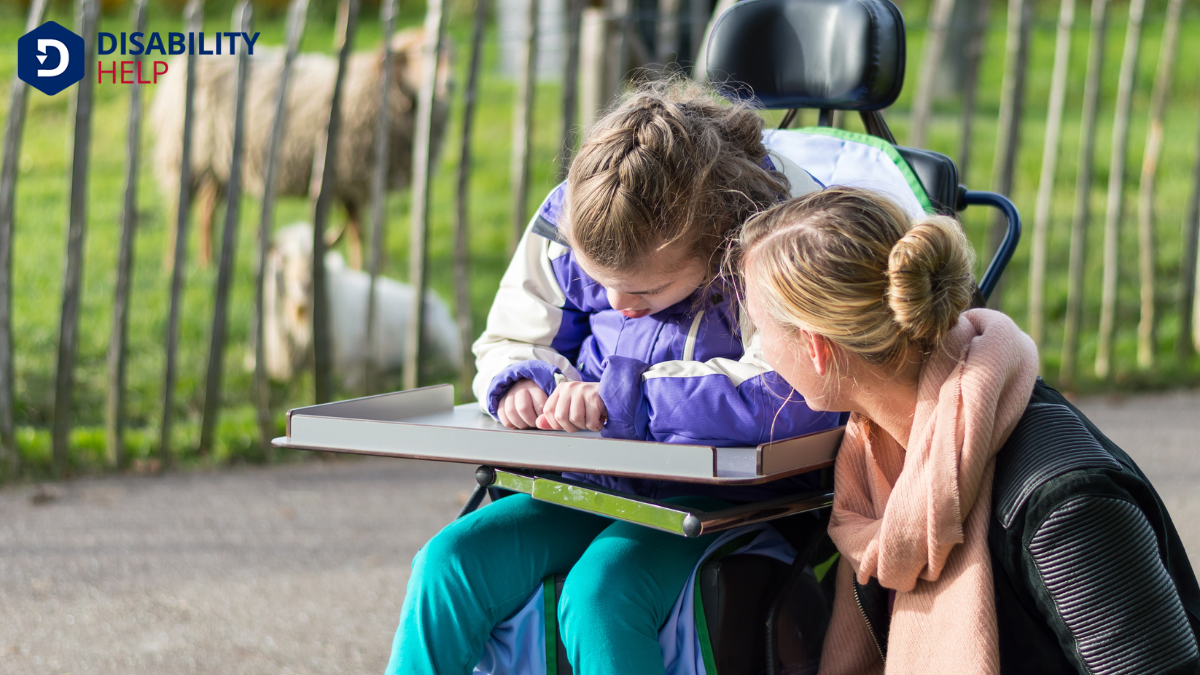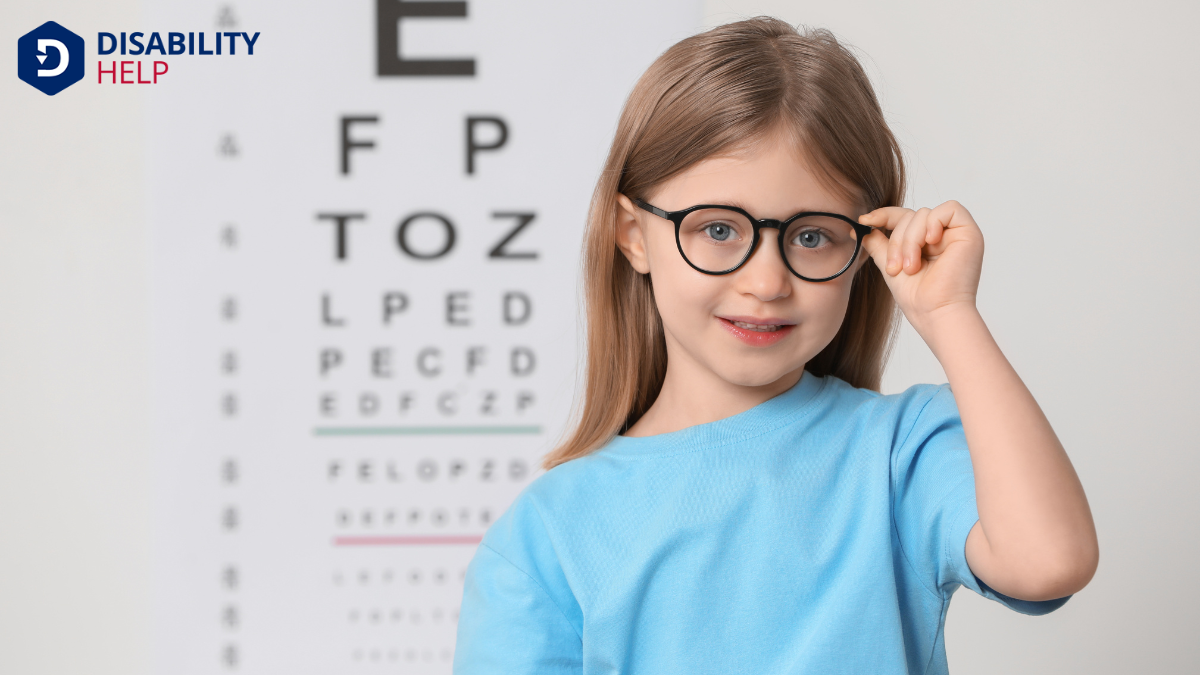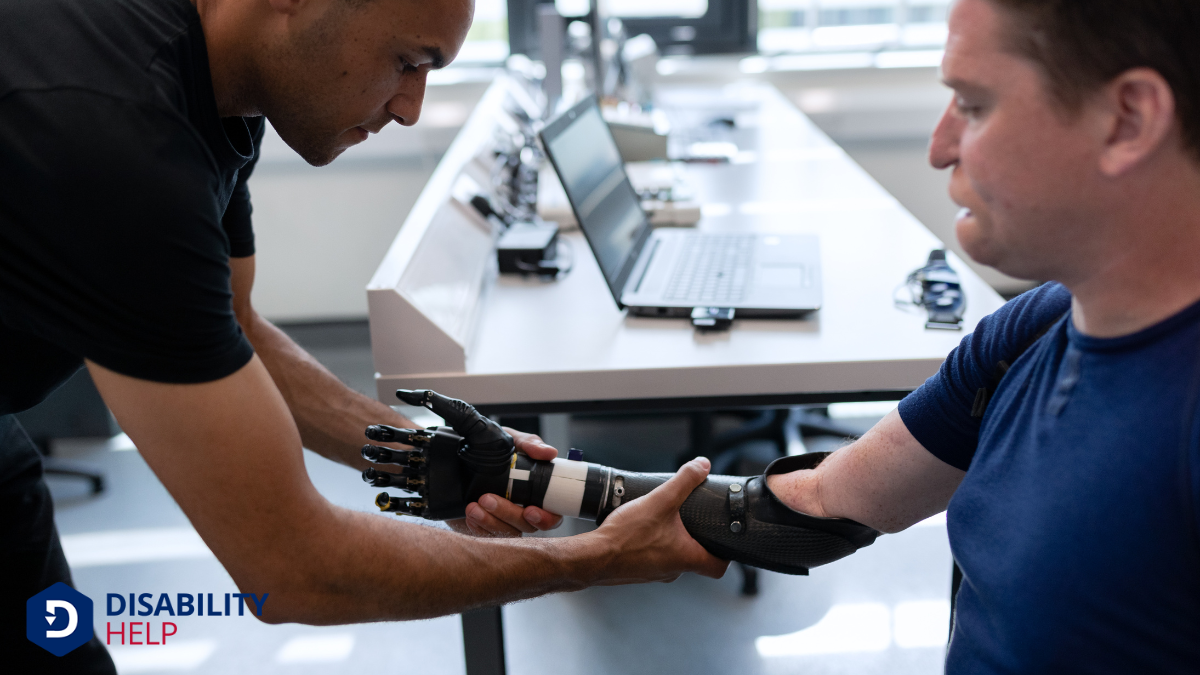Let's explore the many innovative items that can enhance the daily lives of individuals with disabilities. From advanced mobility aidsDevices designed to help individuals move around more easily, such as canes, walkers, or wheelchairs... like electric wheelchairs to communication technologies such as speech-generating devices, there's a wealth of options available. We'll also look at how ergonomic kitchen gadgets and vision enhancement tools empower users. Have you ever wondered how these tools can foster greater autonomy and inclusionThe practice of creating environments in which any individual or group can be and feel welcomed, res...? Let's see how they can transform everyday experiences.
Key Takeaways
- Advanced wheelchairs and scooters offer customizable settings and lightweight designs for improved mobility.
- Speech-generating devices and AAC apps enhance communication for individuals with speech impairments.
- Adaptive kitchen gadgets like rocker knives and one-handed can openers facilitate easier meal preparation.
- Vision enhancement tools, such as magnifiers and screen readers, assist with reading and navigating surroundings.
- Home automation and customizable furniture provide convenience and adaptability for daily living tasks.
Advanced Mobility Aids
When it comes to enhancing the quality of life for individuals with disabilities, advanced mobility aids play a critical role. We see these tools transforming daily experiences, offering freedom and independence.
Wheelchairs, scooters, and walkers are no longer basic; they’ve become sophisticated devices tailored to unique needs. Electric wheelchairs with customizable settings and lightweight designs allow smoother navigation, while advanced scooters offer enhanced stability and range.
Let’s not forget the innovative walkers equipped with ergonomic handles and easy-fold mechanisms. These advances mean we can enjoy more inclusive environments, where barriers are minimized.
With these aids, individuals don’t just move; they engage fully with their surroundings, participating in activities many of us take for granted.
Let's embrace these advancements together.
Adaptive Technologies for Communication

Although we often take communication for granted, adaptive technologies have revolutionized how individuals with disabilities interact with the world.
These tools empower people, providing new ways to express themselves and connect with others.
Let’s explore some of the key adaptive communication technologies:
- Speech-generating devices: Facilitate verbal communication for those with speech impairments.
- Text-to-speech software: Converts written text into spoken words, aiding individuals with reading difficulties.
- Augmentative and Alternative Communication (AAC) apps: Enable users to communicate through symbols, text, or images.
- Hearing aids with Bluetooth connectivity: Enhance auditory communication by connecting directly to smartphones and other devices.
- Eye-tracking systems: Allow users to control computers and communicate using eye movements.
Ergonomic Kitchen Gadgets
Let's explore how ergonomic kitchen gadgets can transform our cooking experience.
Adaptive cooking tools and easy-grip utensils make meal prep more accessible and enjoyable for everyone, especially those with disabilities.
Together, we can find the right tools to empower independence in the kitchen.
Adaptive Cooking Tools
Maneuvering the kitchen can be a real challenge for individuals with disabilities, but adaptive cooking tools are transforming this space into a more accessible environment.
These ingenious gadgets are designed to make cooking easier and safer for everyone. Let’s explore some adaptive tools that can truly make a difference:
- Rocker knives: These knives require less strength, allowing us to cut food with a simple rocking motion.
- Cut-resistant gloves: They offer protection while cutting or slicing, giving us more confidence in the kitchen.
- One-handed can openers: Perfect for those with limited hand use, these openers make accessing canned goods a breeze.
- Jar openers: With a firm grip and minimal effort, they simplify opening stubborn jars.
- Measuring cups with large print: These guarantee accurate measurements are easy to read.
Adapting our kitchens with these tools makes cooking more enjoyable and empowering.
Easy-Grip Utensils
When it comes to making kitchen tasks more manageable, easy-grip utensils are game-changers for those with limited hand strength or dexterity. These ergonomic kitchen gadgets are designed with comfort and ease in mind. They often feature thicker handles, which require less effort to grip, reducing strain on our hands and wrists.
With these tools, we can chop, stir, and serve meals with greater confidence and independence.
Let's consider some examples: easy-grip knives with non-slip handles make slicing safer, while angled spatulas with wide grips allow better control when flipping food.
These utensils aren't just about functionality; they also restore a sense of empowermentThe process of gaining control, authority, and power over one’s life, often used in the context of... in the kitchen. By integrating easy-grip utensils into our cooking routine, we enhance both accessibilityThe design of products, devices, services, or environments to be usable by people with disabilities.... and enjoyment in our daily meals.
Assistive Listening Devices
Let's explore how assistive listening devices can greatly enhance the lives of those with hearing impairments.
From personal amplifiers to hearing loops, these devices not only improve communication but also seamlessly integrate with our everyday technology.
Types of Listening Devices
Maneuvering the world with hearing impairments doesn't need to be isolating, thanks to a variety of assistive listening devices designed to enhance auditory experiences.
These devices bridge communication gaps, making interactions more inclusive and enjoyable. Let's explore some popular options:
- Personal Amplifiers: Small and portable, these devices amplify sound directly to the user's ear.
- FM Systems: Useful in classrooms, they transmit a speaker's voice directly to the listener's receiver, reducing background noise.
- Infrared SystemsAssistive listening systems that use infrared light to transmit sound to a receiver, aiding individu...: Ideal for watching TV, they use light waves to carry sound to wireless headphones.
- Induction Loop Systems: Installed in public spaces, they send sound directly to hearing aids equipped with telecoils.
- Bluetooth-Enabled Devices: These connect to smartphones, allowing for streaming of calls and media directly to compatible hearing aids.
These tools guarantee we stay connected and engaged.
Benefits for Hearing Impaired
Enhancing auditory experiences with listening devices offers profound benefits for those with hearing impairments. By utilizing assistive listening devices, we can greatly improve communication, boost confidence, and enhance overall quality of life.
These devices amplify sound, making it easier for us to engage in conversations, enjoy music, and participate in social activities. With improved hearing, we feel more connected to our surroundings and less isolated.
Assistive listening devices, like hearing aids and personal amplifiers, help us catch subtle sounds and nuances we might otherwise miss. This improved auditory clarity empowers us to navigate various environments with ease, whether we're in crowded places or attending important meetings.
Integration With Everyday Technology
While embracing technological advancements, assistive listening devices have seamlessly integrated into our everyday gadgets, transforming the way we interact with the world.
These devices empower us by enhancing our auditory experiences, allowing for clearer communication and a richer connection to our surroundings.
Let’s explore some exciting options available:
- Bluetooth Hearing Aids: These connect directly to smartphones, offering a personalized listening experience.
- Wireless Headphones: Featuring noise-canceling technology, they provide immersive sound without distraction.
- Smart Speakers: Voice-activated assistants that can amplify sound for better clarity.
- TV Listening Systems: They transmit audio directly to hearing aids or headphones, improving TV viewing.
- Sound Amplifiers: Portable devices that enhance environmental sounds, making conversations more accessible.
Vision Enhancement Tools

For individuals with visual impairments, accessing the world with clarity and independence is essential. Vision enhancement tools offer vital support.
Let's explore some of these tools together. Magnifiers, both handheld and digital, help us read small print and view detailed images. Smart glasses provide real-time audio descriptions of our surroundings, enhancing our ability to navigate independently.
Screen readers convert text to speech, opening up digital content for those of us who rely on auditory information. Braille displays bring tactile feedback to the digital world, allowing us to interact with computers and smartphones.
Additionally, apps designed for visually impaired users can identify objects, read text aloud, and even assist with color recognition. These tools empower us, making everyday tasks more accessible and manageable.
Home Automation for Accessibility
Vision enhancement tools greatly aid in our daily interactions with the world, and technology also plays an essential role in making our homes more accessible.
By integrating home automation systems, we can create a more inclusive environment that caters to various needs.
Let’s explore some of the key features that make our living spaces smarter and more accommodating:
- Voice-Controlled Assistants: Devices like Amazon Alexa or Google Home allow us to manage tasks hands-free.
- Smart Lighting: Adjust lights with a simple voice command or smartphone app.
- Automated Thermostats: Set and control temperatures remotely for ideal comfort.
- Smart Door Locks: Enhance security with keyless entry systems.
- Accessible Kitchen Gadgets: Use smart appliances that simplify cooking and food preparation.
Together, these tools transform our homes into supportive environments.
Customizable Furniture Solutions
When it comes to creating spaces that truly meet our needs, customizable furniture solutions offer unparalleled flexibility and comfort.
These adaptable pieces empower us to tailor our environments to suit individual preferences and mobility requirements.
Whether we’re looking for adjustable-height desks, chairs with enhanced support, or modular shelving units, there’s a wealth of options available.
Innovative Prosthetics and Orthotics

As we explore solutions that enhance independence and comfort, innovative prostheticsArtificial devices that replace missing body parts, such as limbs, often used after amputations. and orthoticsCustom-made devices that support, align, or improve the function of body parts, such as braces or sh... stand out as transformative tools for individuals with disabilities.
These technologies have evolved remarkably, offering improved mobility and quality of life.
Let's take a closer look at some of the advancements:
- 3D-printed prosthetics: Customizable and cost-effective options that allow for a perfect fit and aesthetic personalization.
- Bionic limbs: These use sensors and motors to mimic natural movement, providing a more intuitive experience.
- Energy-storing foot orthotics: They return energy with each step, reducing fatigue and enhancing walking efficiency.
- Microprocessor-controlled knees: AdaptA grassroots disability rights organization in the U.S. that focuses on promoting community-based se... to various terrains for smoother and safer walking.
- Smart orthotics: Equipped with sensors to monitor movement and adjust support dynamically.
These innovations empower individuals, enabling greater freedom and participation in daily life.
Recreational Equipment for Inclusive Activities
Although the world may not always be designed with everyone in mind, there's a growing movement to guarantee that recreational activities are accessible to all, including individuals with disabilities.
We can now enjoy inclusive sports and leisure pursuits thanks to specialized equipment. Adaptive bicycles, for example, offer modified designs to accommodate different physical needs, allowing us to ride with ease.
Wheelchair-accessible swings and playgrounds ensure that kids aren’t left out of the fun. For water enthusiasts, there are adaptive kayaks and paddleboards that provide stability and safety.
Sports like basketball and tennis have adaptive versions too, with specialized wheelchairs and equipment.
These innovations not only promote physical activity but also foster inclusion and community, making recreational spaces welcoming for everyone.
Conclusion
In exploring these innovative items, we’ve seen how technology and design can profoundly impact the lives of individuals with disabilities. By incorporating advanced mobility aids, adaptive communication technologies, ergonomic kitchen gadgets, and more, we’re empowering greater independence and inclusion. Let’s continue to embrace these advancements, ensuring everyone can lead a fulfilling and accessible life. Together, we can create a world where barriers are minimized and opportunities for participation are maximized for everyone.






